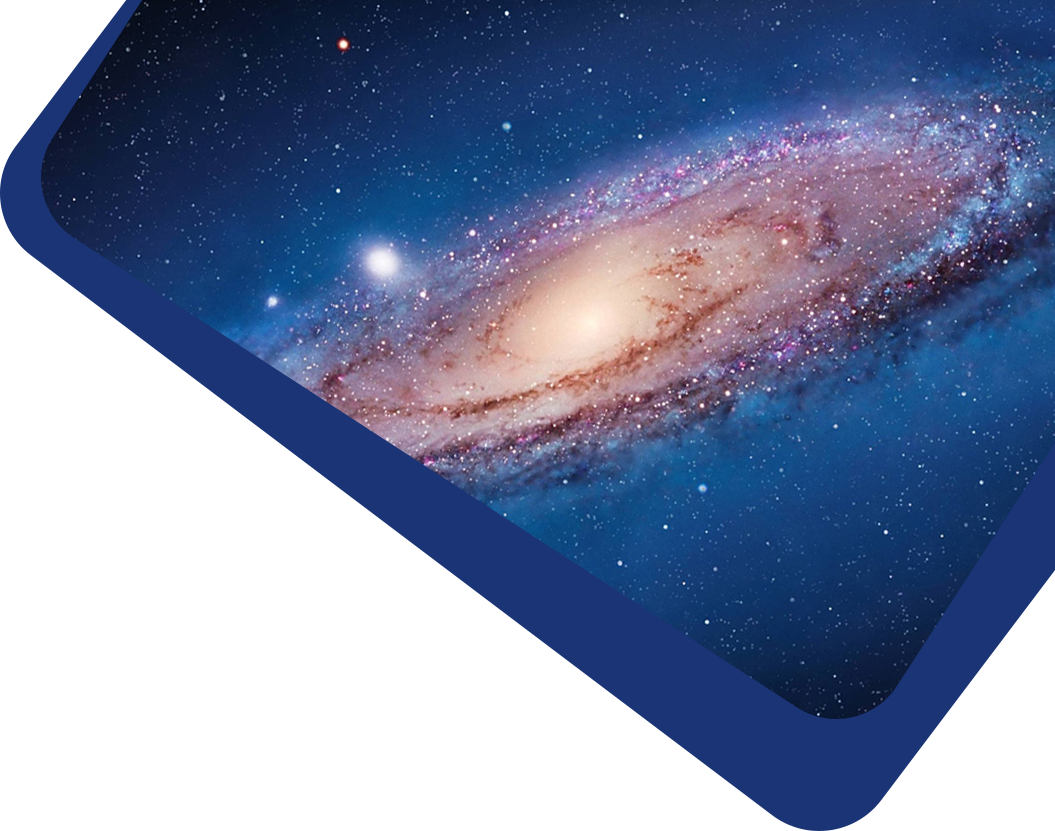The 21 cm radiation of neutral hydrogen provides crucial information for studying the early universe and its evolution. To advance this research, countries have made significant investments in constructing large low-frequency radio telescope arrays, such as the Low Frequency Array and the Square Kilometre Array Phase 1 Low Frequency. These instruments are pivotal for radio astronomy research. However, challenges such as ionospheric plasma interference, ambient radio noise, and instrument-related effects have become increasingly prominent, posing major obstacles in cosmology research. To address these issues, this paper proposes an efficient signal processing method that combines wavelet transform and mathematical morphology. The method involves the following steps: Background Subtraction: Background interference in radio observation signals is eliminated. Wavelet Transform: The signal, after removing background noise, undergoes a two-dimensional discrete wavelet transform. Threshold processing is then applied to the wavelet coefficients to effectively remove interference components. Wavelet Inversion: The processed signal is reconstructed using wavelet inversion. Mathematical Morphology: The reconstructed signal is further optimized using mathematical morphology to refine the results. Experimental verification was conducted using solar observation data from the Xinjiang Observatory and the Yunnan Observatory. The results demonstrate that this method successfully removes interference signals while preserving useful signals, thus improving the accuracy of radio astronomy observations and reducing the impact of radio frequency interference.



